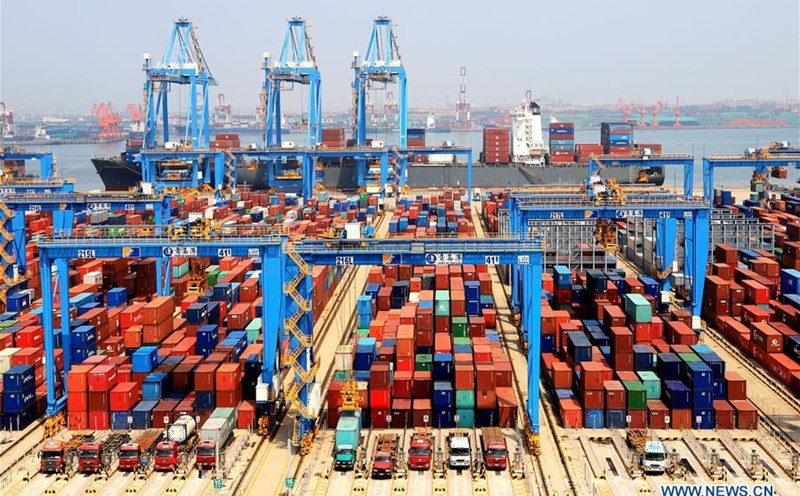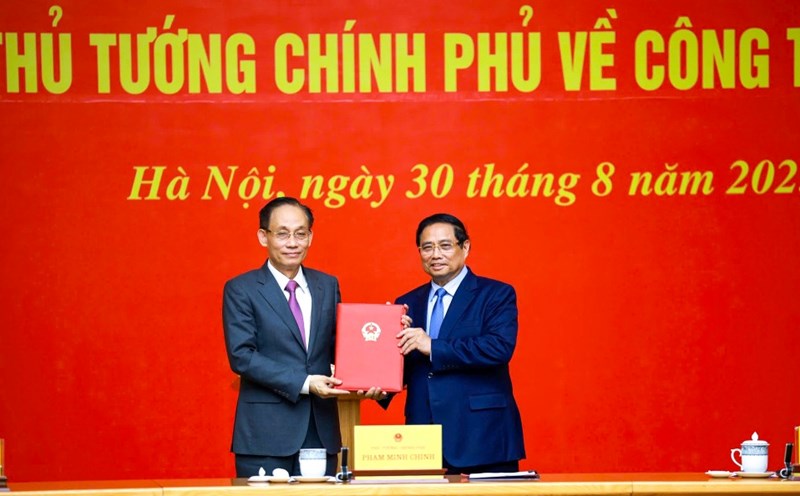The verdict was passed at a ratio of 7-4, mainly from judges appointed by the Democratic Party. The US Federal Court of Appeals in Washington, D.C, allows the tariffs to remain valid until October 14 so that the Trump administration can file an appeal to the Supreme Court in time. This opens up the possibility of an unprecedented legal confrontation over the entire economic policy of the Republican president.
Trump will base the tax on the International Emergency Economic Powers Act (IEEPA) in 1977, which is designed to address exorbitant and serious risks. Historically, this law has often been used to freeze assets or punish enemies, not to impose taxes.
The verdict stated: IEEPA does not allow the president to impose taxes or impose tariffs. The National Assembly never intended to give them such unlimited power.
The court said Trump's use of the excuse of trade deficit, weak domestic production and drugs across borders to declare a state of emergency and then impose a tax was beyond his authority.
During his second term, Mr. Trump viewed tariffs as a pillar of foreign policy, from the trade war with China to putting pressure on Canada and Mexico to re-sign the agreements. Taxes help the government have leverage but at the same time cause fierce fluctuations in the financial market.
Immediately after the verdict, Mr. Trump wrote on Truth Social, calling the court extreme faction and warning: If these tariffs disappear, the country will have a great disaster. However, he still believes the Supreme Court will reverse and save his tax policy.
Previously, the US International Trade Court in New York also ruled that Mr. Trump exceeded his authority to impose tariffs. A series of other lawsuits from Democratic states and small businesses are pending settlement. Experts say the White House has prepared a Plan B, which could find a way to keep tariffs based on other laws.
William Reinsch, a former trade union official, commented: The Trump administration had anticipated this scenario. But new uncertainty about trade will certainly make the market more uncertain.
In addition to tariffs, President Trump is also in a legal battle to change the structure of the Federal Reserve (Fed), including an effort to remove Fed Governor Lisa Cook. This threatens the independence of the US central bank.
Mr Trumps entire economic program is on track to clash with the Supreme Court, said Josh Lipsky from the Atlantic Council. This is unprecedented in American history.
The US Supreme Court currently has a conservative majority (6-3), which has repeatedly supported Trump's agenda, but has also been cautious about expanding presidential power based on the old laws. Therefore, the result this time is completely unpredictable.











